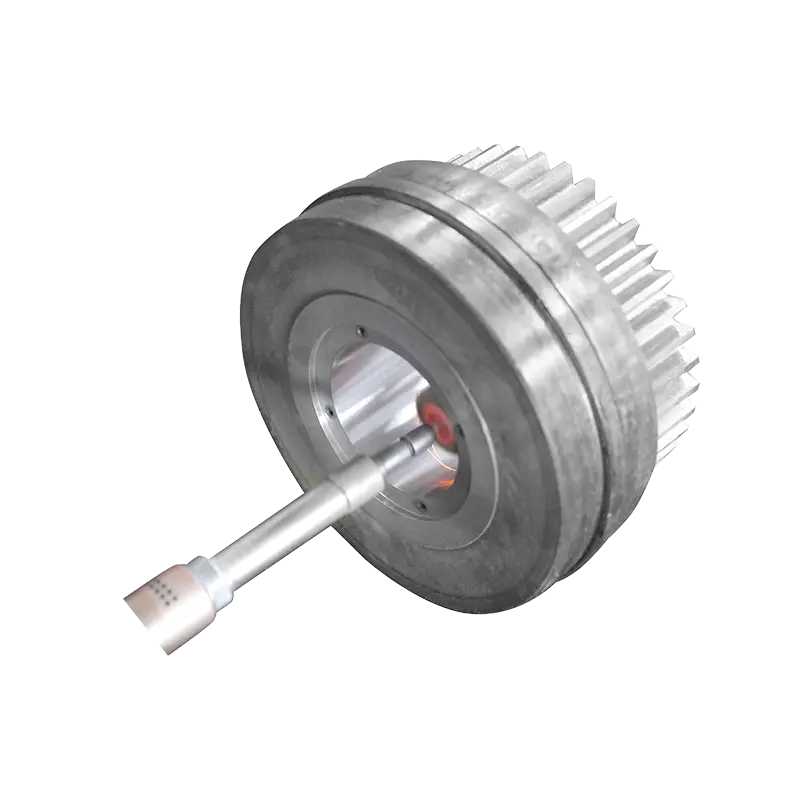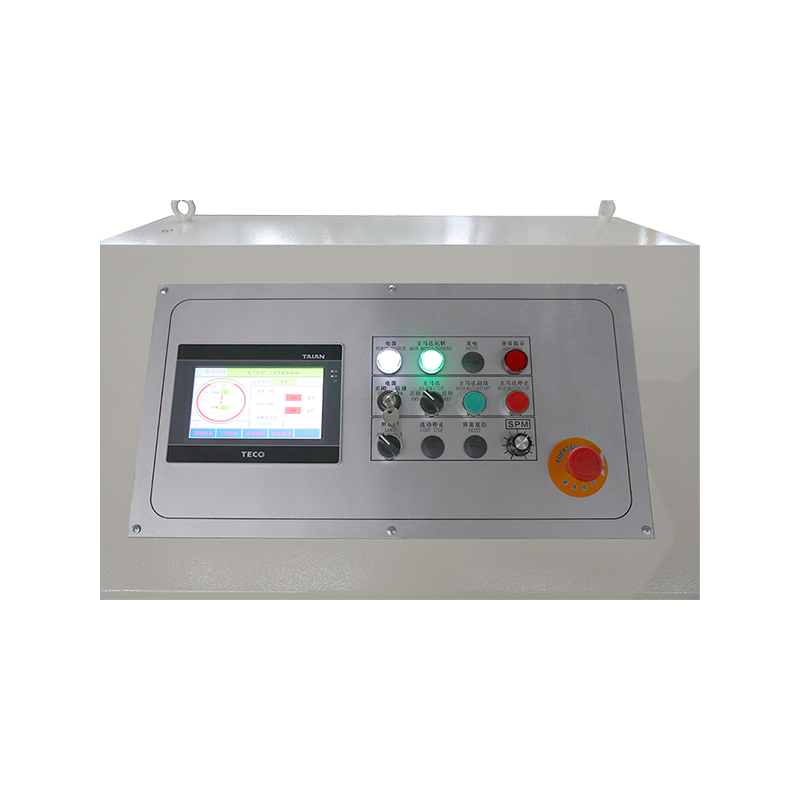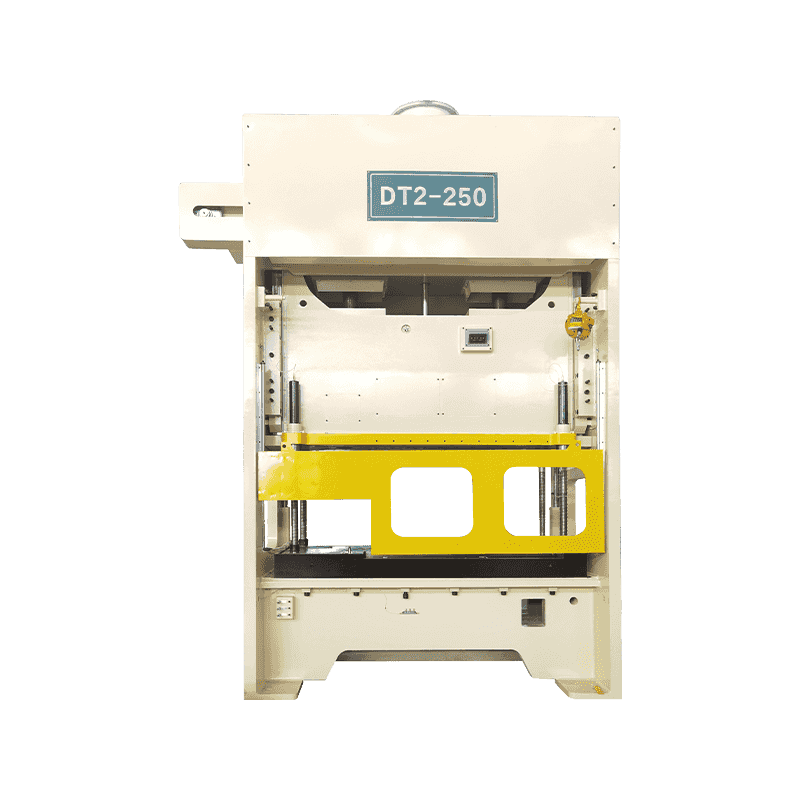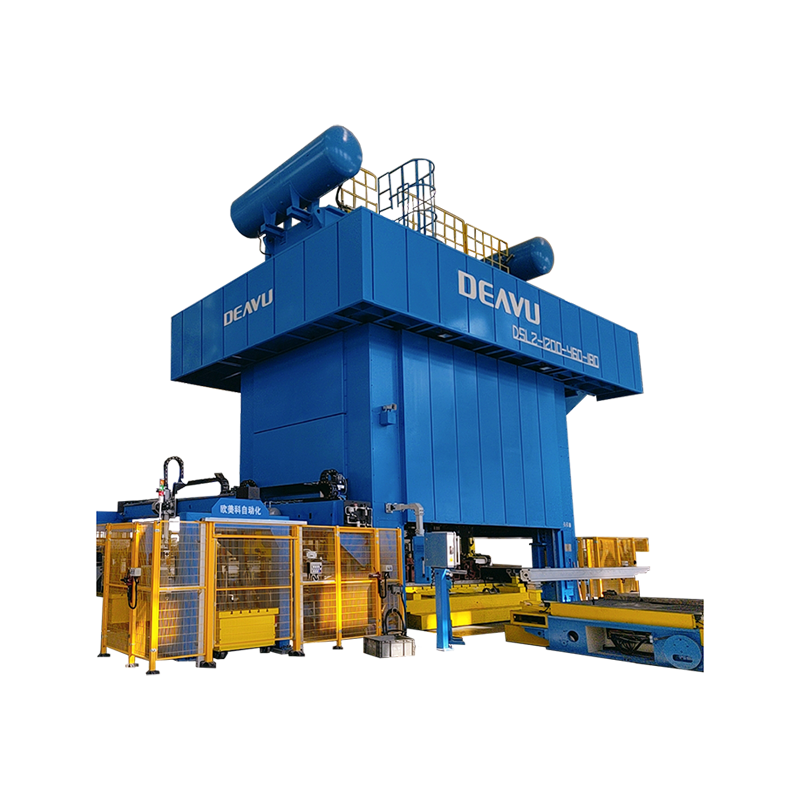High-speed punches usually use high-grade, high-strength cast iron and undergo stress relief tempering and natural aging treatment, which ensures a small deformation coefficient, high rigidity, and stable precision. Generally speaking, high-speed punches are suitable for stamping products with thin thickness and high precision; If the stamping accuracy is not high but the thickness is relatively thin, using a high-speed punch machine can greatly improve production efficiency. High-speed punching machines are widely used in the stamping processing of small precision parts such as precision electronics, communications, computers, household appliances, automotive parts, and motor stators and rotors.
Scope of use:
1. Motor stator and rotor
Motor stator Motor rotor
2. Connectors
Multi-hole connection plug, transistor socket, USB interface iron piece, metal contact piece, pin, etc.
3. Terminal
Tubular terminal, straight plug terminal, female terminal, S terminal, closed terminal, nipple terminal, video terminal, TV terminal, digital camera terminal, computer connector terminal, hard disk data connector terminal, automobile connector terminal, I/O connector terminal, etc.
4. Connector
Printer connector, mobile phone connector, etc.
5. Metal sheets
Metal spring piece, metal piece on the battery, silicon steel piece, reed, shaped reed, contact piece, switch piece, etc.
6. Stamping parts
Precision electronic materials are rolled and thin hardware products, etc.
7. Parts and components
Components of communication equipment, automobile parts, watch metal accessories, digital product metal accessories, LED parts, etc.
8. Others
Pin headers, hollow rivets, washers, gaskets, elastic contacts, heat sinks, battery holders, etc.
In the realm of manufacturing, metal stamping punch press machines have been a cornerstone for producing a wide array of metal components. These machines are known for their precision and efficiency in shaping metal sheets into desired forms. However, like any technology, they come with a set of limitations that can affect their performance and the quality of the end product.
1. High Initial Investment
One of the primary concerns for businesses considering the adoption of metal stamping punch press machines is the high initial cost. These machines are often expensive to purchase, especially for small to medium-sized enterprises. The cost can be a significant barrier to entry for new businesses or those looking to expand their production capabilities.
2. Maintenance and Operational Costs
Beyond the initial investment, metal stamping machines also require regular maintenance to ensure performance. This includes the replacement of worn parts, lubrication, and calibration to maintain precision. The cost of maintenance can add up over time, impacting the overall operational budget of a manufacturing facility.
3. Limited Flexibility
While punch press machines are highly efficient for mass production, they may not be as adaptable for smaller, more customized production runs. The setup time for changing tooling and adjusting the machine for different part sizes can be time-consuming, making it less cost-effective for low-volume production.
4. Skilled Labor Requirement
Operating a metal stamping punch press machine requires a skilled workforce. The complexity of the machinery demands that operators have a deep understanding of the machine's functions and the ability to troubleshoot issues as they arise. Training such personnel can be both time-consuming and costly.
5. Noise and Vibration
The operation of punch press machines can generate significant noise and vibration. This can bring about a less-than-ideal working environment for employees, potentially causing discomfort or even long-term health issues such as hearing loss. Additionally, the vibration can affect the accuracy of the machine's operation if not properly managed.
6. Energy Consumption
Metal stamping punch press machines are typically high-energy consumers. The large motors and hydraulic systems used to power these machines can bring about substantial electricity bills, especially for facilities running multiple machines around the clock.
7. Environmental Impact
The manufacturing process involving metal stamping can have an environmental impact. The production of metal sheets and the disposal of metal scraps can contribute to waste and pollution. Additionally, the energy consumption of these machines can contribute to a larger carbon footprint.
8. Risk of Injuries
The operation of punch press machines carries inherent risks due to the high forces involved in the stamping process. There is a potential for accidents if safety protocols are not strictly followed, which can bring about serious injuries for workers.
9. Dependence on Tooling Quality
The quality of the final product is heavily dependent on the quality of the tooling used in the punch press machine. Poorly designed or manufactured tooling can bring about defects in the stamped parts, which can be costly in terms of both material waste and the need for rework.
10. Obsolescence
Technological advancements in the field of manufacturing are rapid, and what may be today could become obsolete tomorrow. Companies investing in punch press machines must be prepared for the possibility of needing to upgrade or replace their equipment in the future to stay competitive.


 EN
EN









